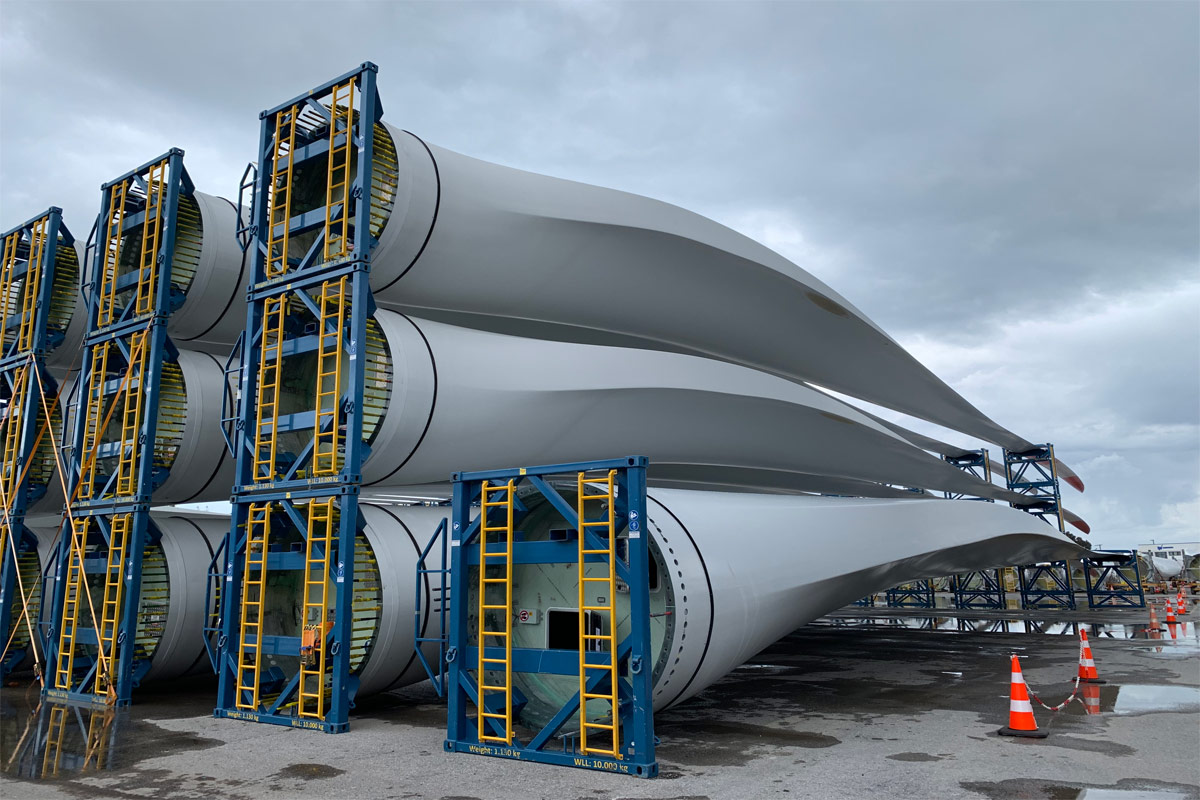New joint project between wind and chemical industry to advance wind turbine recycling


WindEurope, Cefic (the European Chemical Industry Council) and EUCIA (the European Composites Industry Association) have created a cross-sector platform to advance novel approaches to the recycling of wind turbine blades.
In 2018 wind energy supplied 14% of the electricity in the EU with 130,000 wind turbines and this number will only grow in the coming decades. Wind turbines blades are made up of a composite material, which boosts the performance of wind energy by allowing lighter and longer blades. Today, 2.5 million tons of composite material are in use in the wind energy sector.
In the next five years 12,000 wind turbines are expected to be decommissioned. Broadening the range of recycling options is critical for the industry’s development.
WindEurope CEO, Giles Dickson, said: “Wind energy is an increasingly important part of Europe’s energy mix. The first generation of wind turbines are now starting to come to the end of their operational life and be replaced by modern turbines. Recycling the old blades is a top priority for us, and teaming up with the chemical and compositors industries will enable us to do it the most effective way.”
Cefic Director General, Marco Mensink, commented: “The chemical industry plays a decisive role in the transition to a circular economy by investing in the research and development of new materials, which make wind turbine blades more reliable, affordable and recyclable. Innovation is born from collaboration and we look forward to working together to advance wind turbine blade recycling.”
EUCIA President, Roberto Frassine, added: “The wind energy sector has always been at the forefront of using composites as they are instrumental to sustainable energy generation. With this collaboration we hope to set a great industry standard that ultimately will also help customers in other industries like marine and building & infrastructure.”
Learnings from wind turbine recycling will then be transferred to other markets to enhance the overall sustainability of composites.
Background information
Composite materials are being recycled today at commercial scale through cement co-processing, where the cement raw materials are being partially replaced by the glass fibers and fillers in the composite, and the organic fraction replaces coal as a fuel. Through that process, the CO2 output of the cement manufacturing process can be significantly reduced (up to 16 % reduction is possible if composites represent 75 % of cement raw materials).
Besides recycling through cement co-processing, alternative technologies like mechanical recycling, solvolysis and pyrolysis are being developed, ultimately providing the industry with additional solutions for end-of-life.
Source: © 2019 WindEurope asbl/vzw

